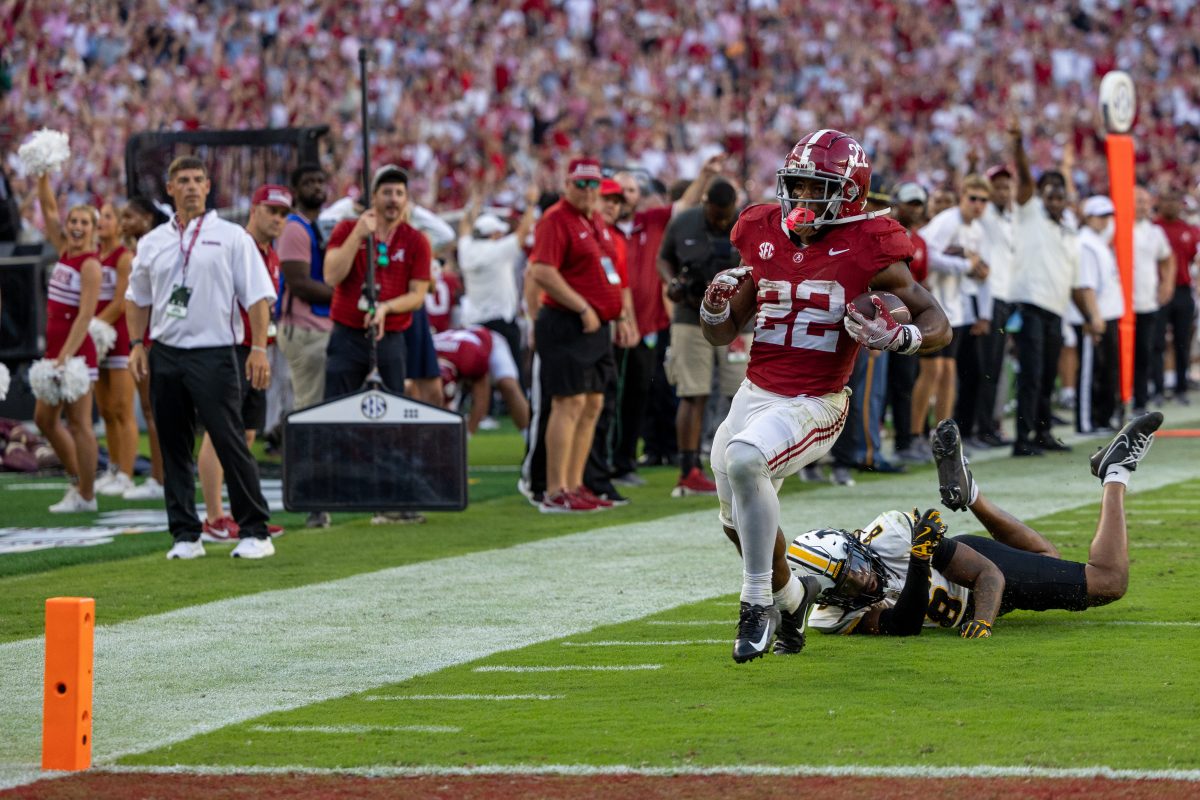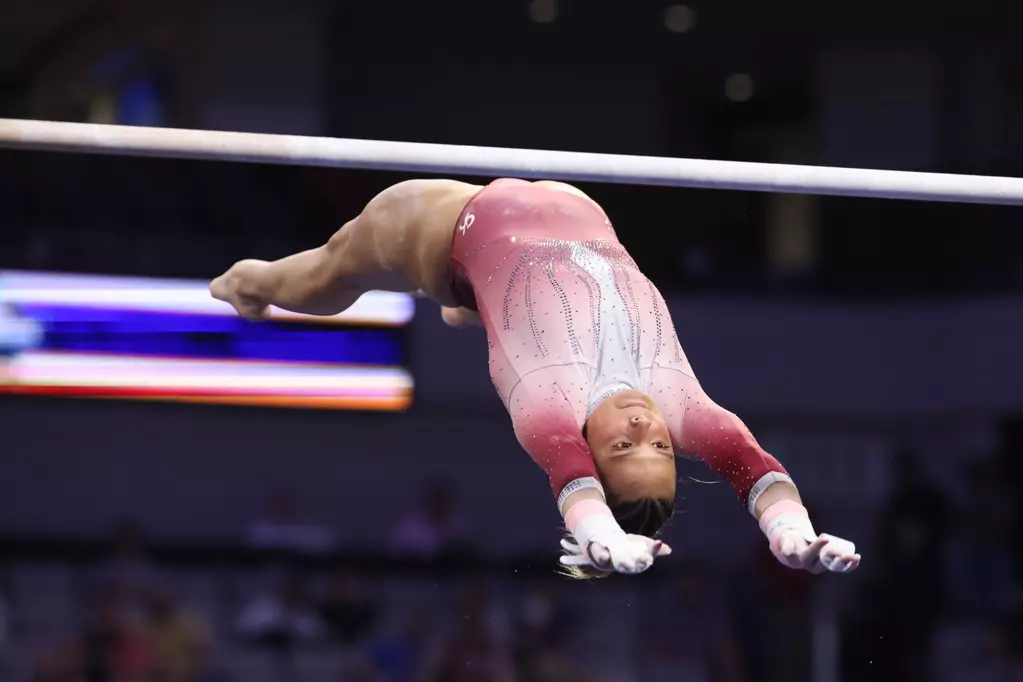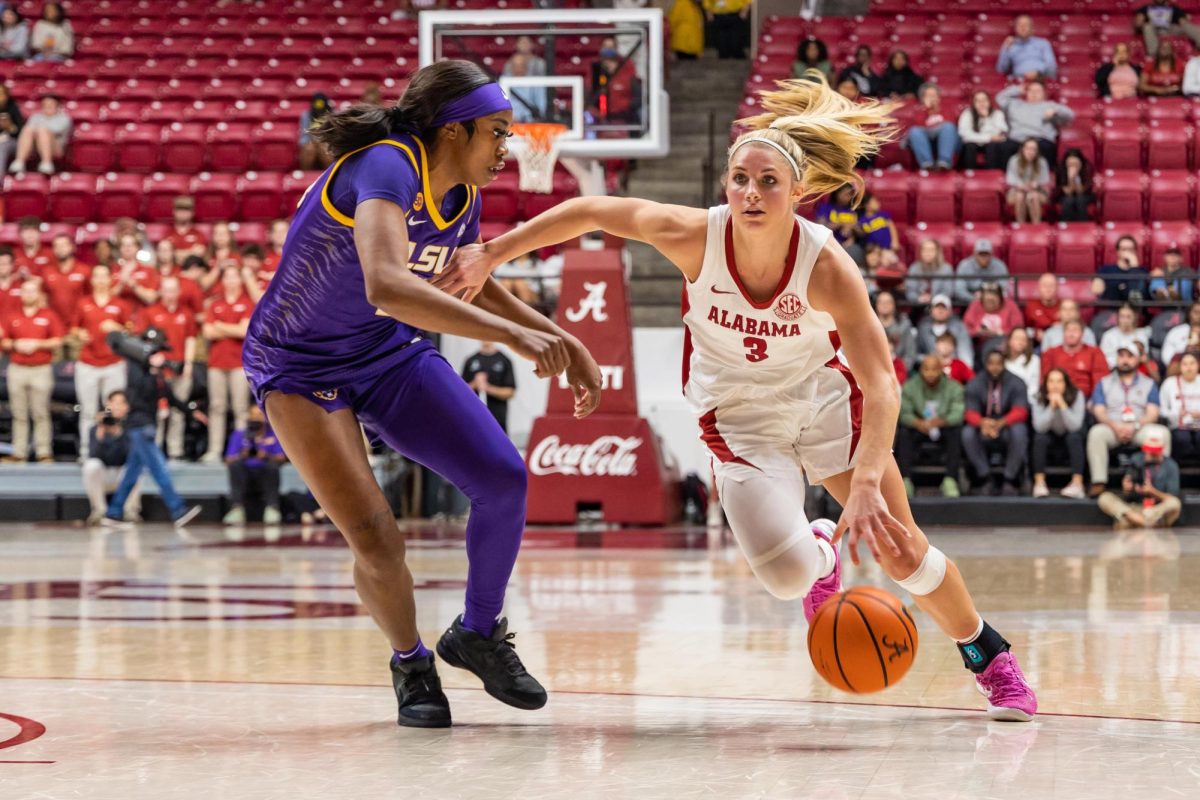College athletics are fast-paced and constantly changing, leaving fans and coaches trying to keep up with the times. Since the beginning of the 2024 season, changes have already been made to the pre-existing rules of the recruiting world.
Here’s everything to know about recruiting in the new era of college athletics in 2024.
Starting the process
Across the United States, thousands of high school athletes hope to make it to the college level, but only a few ever get the chance, with there being less than an 11% probability of either gender in any sport playing at any collegiate varsity level.
All sports have a roster cap, limiting a team’s number of players. For football, that number is 105, and for men’s and women’s basketball, it is only 15.
Athletes generally have an online athletic profile on websites like Hudl or NCSA. These tools help athletes build their profiles with highlights and stats, allowing them to easily present themselves to college coaches.
High schoolers also attend training camps with other recruits and the coaches of the prospective school. This allows the players and coaches to get to know each other and build relationships.
From here, coaches can formally offer players a scholarship. If one camp isn’t enough, some coaches may wait for athletes to play more high school games or invite them to attend more camps before they give an offer.
Once players receive offers, the major part of the recruiting process begins.
The recruitment
Regardless of sport or division, most athletes will receive more than one offer. As they narrow their decision down, the athletes create lists of their options. These lists could look something like a top 20 or a top three.
Throughout the process, recruits will make official and unofficial visits.
Official visits are trips to the school, during which the school pays all expenses for the athlete and family. What happens on the trip can vary, but it generally consists of meeting with the coaches and players, doing drills, and attending a sporting event.
Athletes are allowed unlimited visits to Division I schools. However, athletes are only permitted one official visit per school. Men’s basketball recruits are allowed two, as long as the second visit does not occur in the same academic year.
All athletes are allowed to make unofficial visits, which are paid for entirely by the athlete or athlete’s family and can only happen after Aug. 1 of the athlete’s junior year.
Unofficial visits are more relaxed. They can consist of similar activities, like meeting coaches, but they put a greater focus on the campus and academic aspects of the school.
Athletes will visit schools throughout their junior and senior years, narrowing down their list until they find the one for them and eventually announce their commitment.
The commitment
The NCAA has two national signing days for its sports, one earlier in the year and one later in the year, days on which athletes can officially commit to their school.
Starting in 2025, athletes will make their commitment official when they sign revenue share and financial aid documents in relation to scholarship agreements.
Athletes can announce their commitment through social media before they sign publicly or reveal their choice on National Signing Day. Players can enroll in their college of choice early if they are eligible and choose to; otherwise, they generally enroll in the fall and begin training with the team at that point.
If a player enrolls early, they can join the team for practices for the remainder of the season but are not permitted to play in any of the games.
Transfer portal
If a player enters the transfer portal, coaches have a second opportunity to recruit that athlete. The transfer portal allows players to explore options outside of their program, including playing for other institutions the following season.
The NCAA has new transfer windows for football, men’s basketball and women’s basketball, limiting athletes to 30 days to explore options and pick another team.
Football has two separate windows: a 20-day period beginning when the playoff field is announced on Dec. 8, and a 10-day period from April 16-25.
Players must provide written notice of entry into the portal, notifying the college they attend and coaches at other institutions.
Players can choose to stay at their current college even after entering the transfer portal.
Recent changes
The NCAA has made a few minor changes this year, all going into effect in 2025.
National signing days have changed, as the NCAA recently eliminated the National Letter of Intent system, which had been in place since 1964. The NCAA announced that financial aid and scholarship agreements will replace this system in 2025. It will still feature a binding contract but will offer the student-athlete more flexibility in certain aspects of their college journey.
However, the national signing days will remain virtually the same, with no date changes and the players signing similar documents.
The NCAA recently approved all of the changes at a board meeting on Oct. 8.









